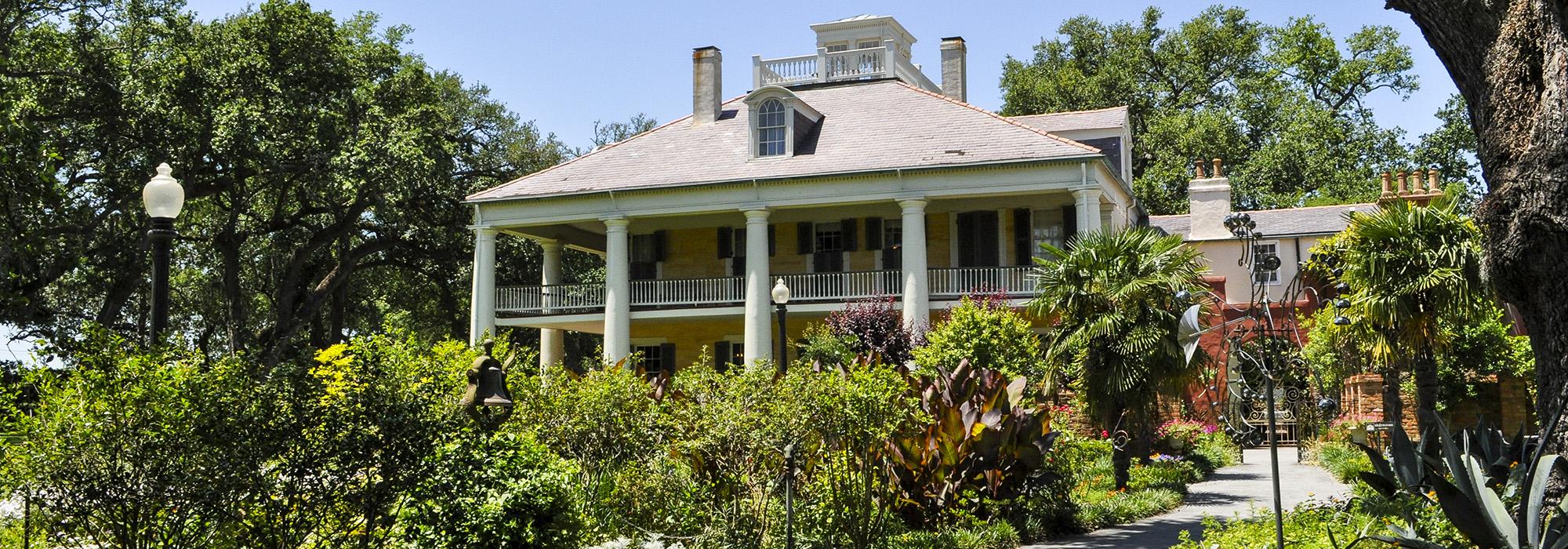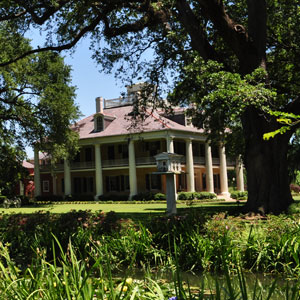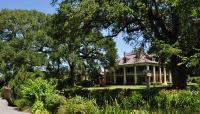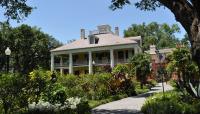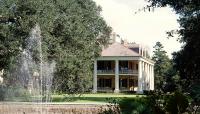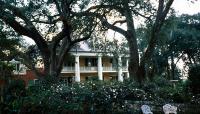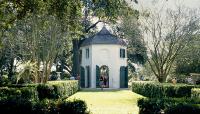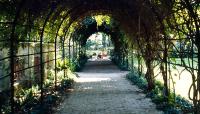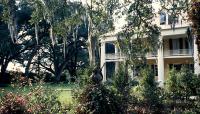Landscape Information
Sited on the east bank of the Mississippi River 30 miles southeast of Baton Rouge, this site is the 10-acre remnant of the Burnside Plantation. The property was first acquired in 1774 from the Houmas natives by Alexander Latiel, who developed the land as a sugar plantation. The property changed hands before ownership transferred to John Smith Preston in 1825, who erected the Greek-Revival main house in 1840. In the late 1850s owner John Burnside grew the property to over 20,000 acres with approximately 800 slaves, making it the largest plantation of its kind in antebellum Louisiana.
The main house faces the river, with agricultural fields and ancillary structures stretching behind it. A 19th-century formal garden backed up to the mansion’s rear and side elevations. Originally, an extensive live oak allée created the approach from the river to the main house, but a devastating flood in 1927 and the subsequent erection of levees eradicated it, while the deprivation of the Great Depression years endangered the dwindling property. The plantation was purchased in 1940 by Dr. George B. Crozat, who restored the house and immediate grounds. The Colonial Revival garden behind to the house dates from this period and features a central, circular fountain, a reflecting pool, boxwood parterres, and paved walks. Plantings include roses, azaleas, crepe myrtles and bald cypress, with a dense grove of live oaks in front of the house towards the river. The property was listed in the National Register of Historic Places in 1980.



